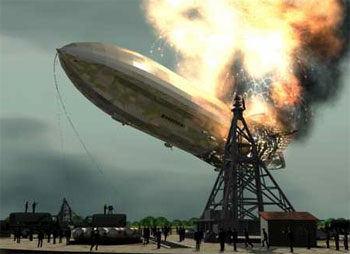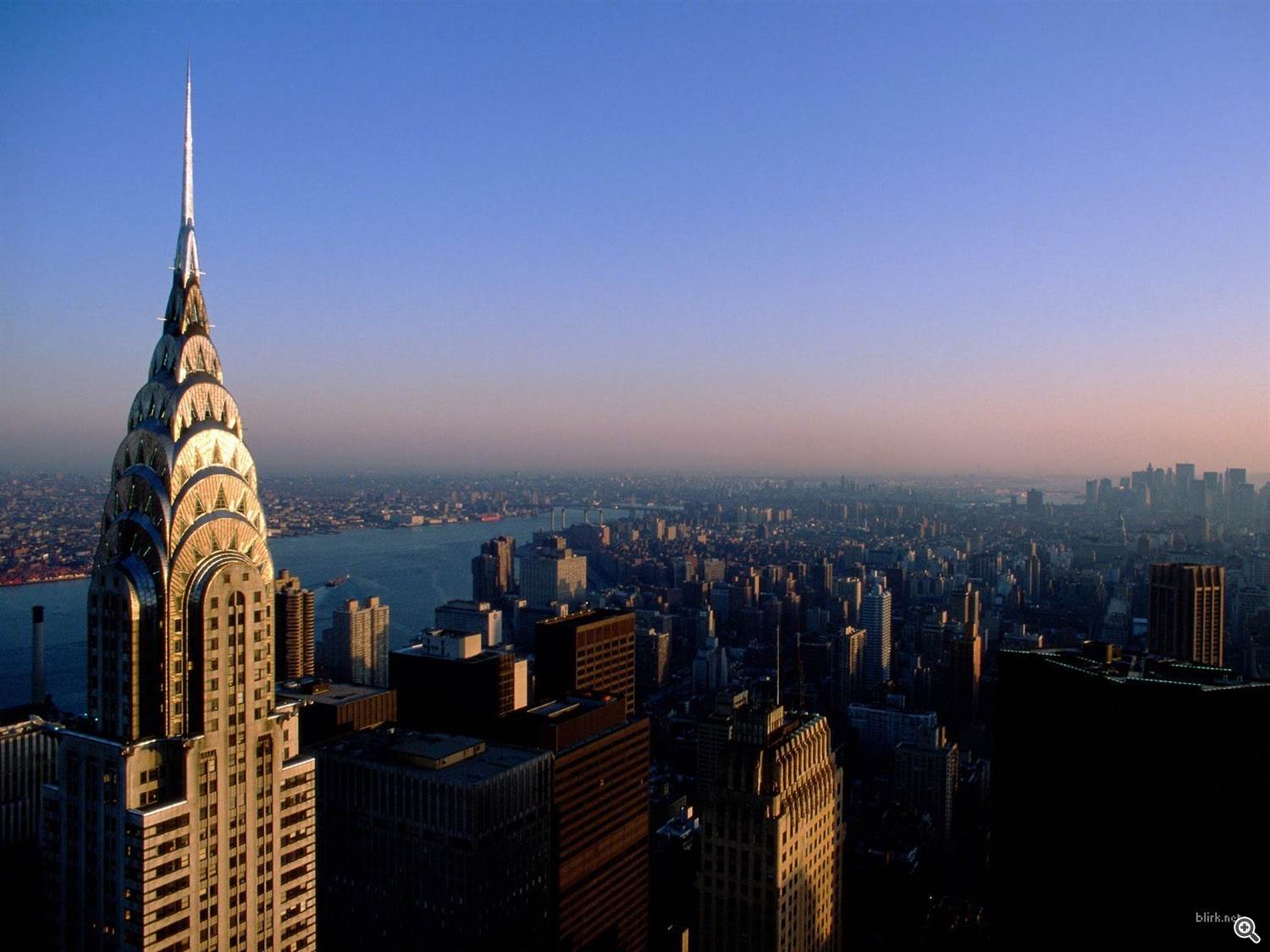When we hear bad news, we believe markets collapse due to logical and explicable reasons. However, deep inside we think evrything is much more complicated, and start looking for repetitions of the same events in the past, create superstitions and omens... I believe it is usual for any professional field, and trading is not an exception.
Now that, today is Friday 13th, let us see what traders are afraid of.
1. The Super Bowl Omen
A famous example shows up every year as the Super Bowl approaches. It holds that if the team from the National Football Conference wins the market will rise and vice-versa. The stock market seems to rise or fall each year based on which NFL conference produces the winner of the championship. According to Snopes.com, the indicator has worked in 33 out of the 41 years since the first Super Bowl. As the site, which looks into urban legends, points out, just because there is correlation between the game’s outcome and the stock market, doesn’t mean one causes the other.
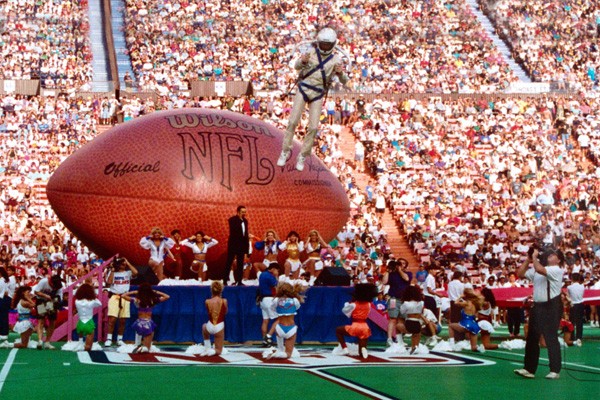
2. The Hemline Index
This canard holds that when women’s skirts are short the economy is rolling along, and when those hemlines drop times are bad. Megan Barnett of BusinessInsider.com noted that the first mention of the idea came from the flappers of the 1920s. When the miniskirt became popular the 1960s, the stock market boomed. Still, she points out, women’s fashions are determined long before they hit the stores by fashion designers who are not likely to include economic predictions as part of their creative process.

3. The Skyscraper Curse
This one goes back to 1931. It holds that when a country builds the word’s tallest building its stock market will soon tank. The first case cited is the building of the Empire State Building. After that, according to Bloomberg.com, new buildings in Chicago in 1974 and Kuala Lumpur in the 1990s led to a drop in stock prices.
Now, South Korea is apparently tempting fate with the the Lotte Super Tower 123 in Seoul, set to measure 1,821 ft., and it is supposed to be completed this year, becoming the world's fourth-tallest building. Perhaps the downturns coincide with business cycles. An economic boom allows the planning of such grand edifices, but by the time they are complete a downturn is on the way.
4. October Crash Theory
Some have made much of the fact that three major stock market crashes–in 1929, 1987 and 2008–have occurred in October. Is there something about ghosts, pumpkins and cooler weather that triggers downturns? You never know, according to an interview with an economic professor at Washington University in St. Louis. Stephen Williamson, in a story in the Newsroom section of the school’s website, considers three possibilities: false correlation, something “fundamental about October that causes crashes" (like ripening pumpkins), and a pattern in which, perhaps, everyone expects a crash so it becomes a self-fulfilling prophecy. In the end though, Williamson says he’d put his money on the first idea.
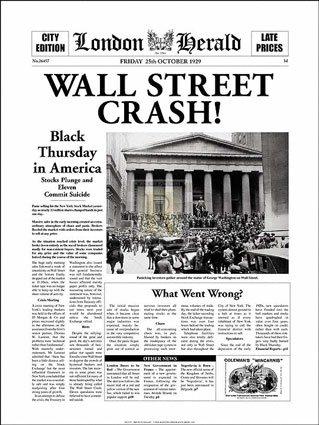
5. The Golden Cross
As AdvisorOne reported in 2010, the optimistic omen of the Golden Cross, says Investopedia, is “a crossover involving a security's short-term moving average … breaking above its long-term moving average ... or resistance level.” The fact that a short-term moving average has topped the long-term moving averages says to some tech types that the market “has turned in favor of the stock.”
Like the Death Cross and the Hindenburg Omen, described below, much media hype often seems to fizzle out. One theory holds that the hype itself changes investor behavior, thereby canceling the potential effect.

6. The Death Cross
This omen at least has the virtue of being based on data as embodied in various market indexes and sector funds. MarketWatch columnist John Nyaradi reported, “The death cross forms when the 50 Day Moving Average crosses the 200 Day Moving Average in a downward trajectory.”
Another columnist for MarketWatch, Mark Hulbert, recently tested the theory by looking at the data. For more than a century, markets did turn down after a Death Cross. For the last 22 years, however, Hulbert found no correlation between the cross and the market’s behavior. He concludes that that the two moving averages don’t mean as much as they used to and so neither does the harbinger of doom.
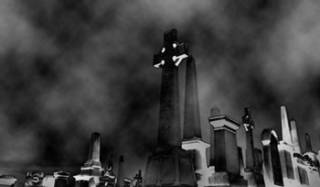
7. The Hindenburg Omen
This omen, as AdvisorOne has reported, comes in to play when five linked technical indicators make a joint appearance. Devised by mathematician Jim Miekka in 1995, it portends a stock market crash. In the last quarter century, every strong downturn has been preceded by the omen, although the time between the omen and a crash has varied from one day to four months. Miekka credits his colleague Kennedy Gammage with its doomsaying name; he came up with it when they realized that "Titanic" had already been used for another predictor.
It should be noted that not every Hindenburg Omen leads to a crash. In fact, a downturn only occurs about 25% of the time, according to research done by safehaven.com. The last such occurrence of the omen was in July. Those who follow the indicator are probably getting their portfolios ready for the drop.
